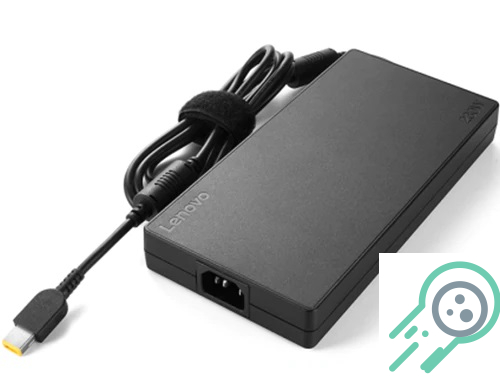Based on the ThinkPad P16 Gen 2 (16″ Intel) Mobile Workstation configurations—ranging from Core i7/i9 HX-series CPUs, NVIDIA RTX Ada professional GPUs, up to 128 GB DDR5, and 4K OLED displays—the next iteration (ThinkPad P16 Gen 3) will likely refine the same workstation formula with platform-level efficiency gains, updated graphics options, and modest quality-of-life improvements for thermals, acoustics, and usability.
Predicted core platform
- Newer Intel HX-class processors with higher sustained multi-core performance, improved efficiency, and expanded AI/NPU capabilities compared with the Gen 2’s 13th-gen options.
- Successor NVIDIA RTX Ada professional GPUs (next-step 35xx/40xx/50xx class), targeting faster ray tracing, larger VRAM options, and higher AI throughput for CAD, DCC, and simulation workloads.
- DDR5 memory support at higher speeds (e.g., 5600–6400 MT/s), with capacity ceilings remaining at 128 GB for SODIMM configurations; potential exploration of thinner high-capacity modules depending on chassis constraints.
- Storage moving toward PCIe Gen5 for top-tier configs while retaining broad PCIe Gen4 compatibility; enterprise features (Opal, rapid self-encryption) to remain.
Display and creator experience
- Continuation of the 16″ 16:10 panel family: WUXGA IPS for longevity and power efficiency, and WQUXGA (3840 × 2400) OLED for color-critical work.
- Incremental upgrades such as higher refresh (90–120 Hz) on premium panels, stable 100% DCI-P3 coverage, HDR certifications, and persistent low-blue-light tuning.
- Factory color profiling and tighter uniformity targets to reduce post-calibration workload in production pipelines.
Connectivity, I/O, and mobility
- Wi-Fi 7 readiness on higher-end SKUs while keeping Wi-Fi 6E broadly available; Bluetooth updates in line with the platform generation.
- Thunderbolt 4/USB4 maintained across the lineup; potential adoption of newer high-bandwidth USB standards as the platform matures; pro-grade HDMI and multi-4K external display support preserved.
- 94 Wh 6-cell battery retained for balance of capacity and chassis volume; efficiency gains from CPU/GPU should extend real-world runtimes versus Gen 2 at like-for-like brightness and workloads.
- 230 W class adapters for top GPUs; USB-C fast-charge convenience for travel-light scenarios on lower-load use.
Chassis, thermals, and serviceability
- Storm Grey MIL-STD-tested build continuing the P-series design language, with incremental bezel slimming and minor weight distribution tweaks.
- Refined fan curves and heat-pipe/vapor-chamber design for quieter sustained loads; acoustic polish in mixed CPU+GPU stress typical of rendering and simulation.
- Serviceability similar to Gen 2: accessible memory and storage, retained enterprise-friendly FRU design, and robust keyboard/pointing options.
Security and manageability
- IR camera with privacy shutter, fingerprint reader, and discrete TPM/dTPM maintained; vPro options aligned to the CPU stack where applicable.
- IT fleet features (BIOS controls, docking, device encryption) remain a priority for enterprise deployments.
Who should consider upgrading
- Users bound by GPU compute, complex assemblies, or heavy multi-core simulations should benefit most from the Gen 3’s expected CPU/GPU uplift and efficiency gains.
- Color-critical creators standing to gain from high-refresh OLED and tighter factory profiling will see tangible workflow improvements.
- If your Gen 2 configuration already meets performance targets, the case to upgrade hinges on specific needs: faster AI inference, lower fan noise under sustained load, or Wi-Fi 7 campus rollouts.
Early outlook
- Expect an evolutionary release focused on performance-per-watt, display refinement, and acoustics rather than a radical redesign.
- The Gen 3 should remain a top-tier 16″ mobile workstation for CAD, BIM, simulation, AI workflows, and high-end video/CG pipelines, extending the strong foundation set by the P16 Gen 2.
Disclaimer: The above is a forward-looking synthesis derived from current ThinkPad P16 Gen 2 configurations and typical Lenovo workstation update patterns. Final Gen 3 specifications, feature availability, and regional SKUs may differ.
